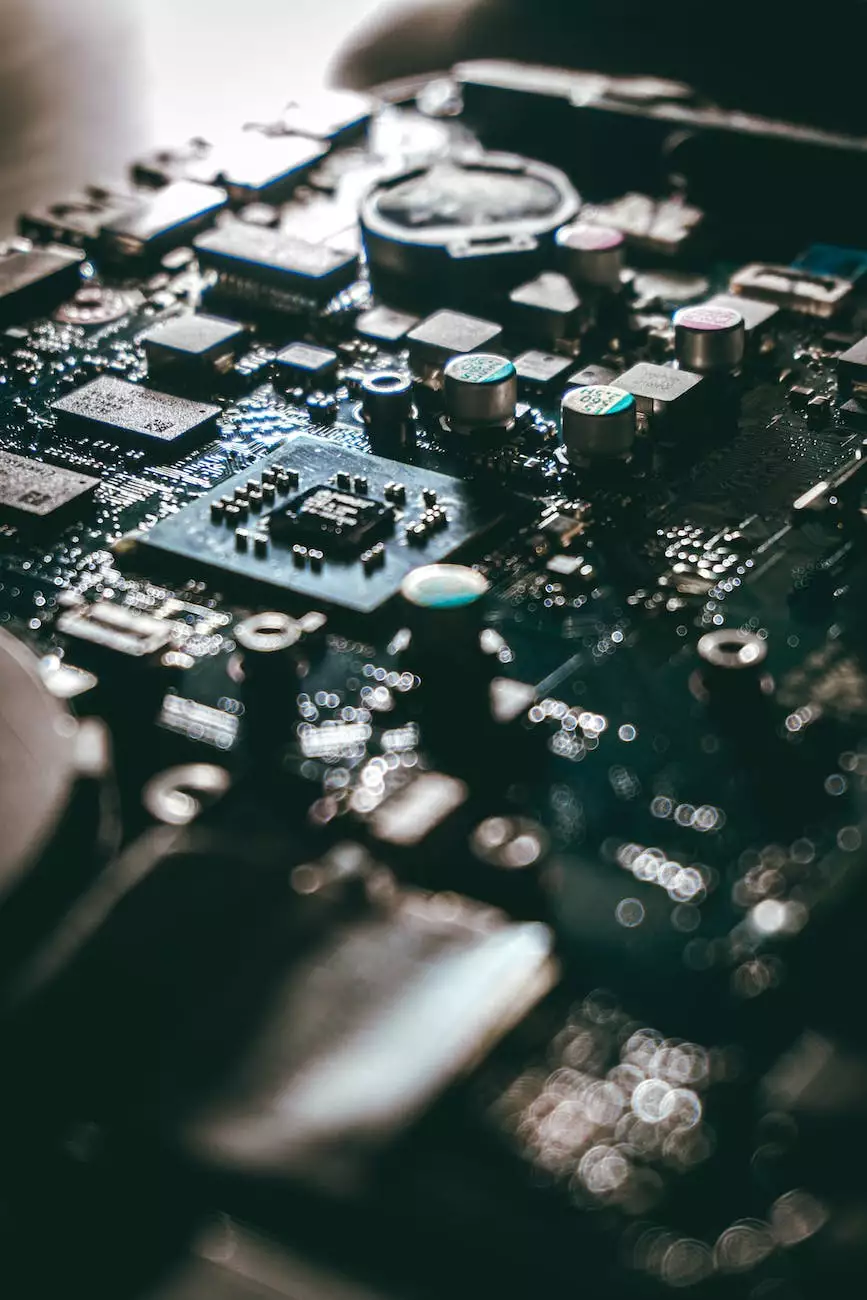IoT Applications - Best Design Principles and Practices
Blog
Introduction
Welcome to RPM Design and Prototype, your trusted source for exceptional IoT (Internet of Things) application design and development. In this comprehensive guide, we will explore the best design principles and practices for creating successful IoT applications. Whether you are a beginner or an experienced developer, our insights and recommendations will help you build cutting-edge IoT solutions that enhance user experiences and drive business growth.
Defining IoT Applications
Before diving into the best design principles and practices, let's first understand what IoT applications are. IoT applications refer to software solutions that connect physical devices and enable communication and data exchange between them. These applications leverage the power of the internet to facilitate seamless interactions between devices, users, and the surrounding environment.
The Importance of Design in IoT Applications
Design plays a crucial role in the success of IoT applications. An effective design ensures that the application is user-friendly, visually appealing, and capable of handling complex interactions between devices. Moreover, a well-designed IoT application also prioritizes security, scalability, and reliability.
Best Design Principles for IoT Applications
User-Centric Approach
To create an exceptional IoT application, it is vital to adopt a user-centric approach. Begin by understanding your target users and their needs. Conduct thorough user research to gain insights into their preferences, pain points, and expectations. By placing the user at the center of your design process, you can create a seamless and intuitive user experience.
Responsive and Adaptive Design
IoT applications are used across a wide range of devices, including smartphones, tablets, smartwatches, and more. To ensure a consistent experience across these devices, it is crucial to implement responsive and adaptive design principles. This allows your application to adjust and optimize its layout and functionality based on the device's screen size, orientation, and capabilities.
Data Security and Privacy
As IoT applications involve the exchange of sensitive data between devices, ensuring robust security measures is of utmost importance. Implement industry-standard encryption protocols, authentication mechanisms, and access controls to protect user data. Additionally, adhere to privacy regulations and provide transparency regarding data collection and usage, building trust with your users.
Scalability and Flexibility
IoT applications often deal with a large volume of data and numerous connected devices. Design your application with scalability and flexibility in mind, allowing it to handle increasing data loads and accommodate future device integrations. Utilize cloud-based infrastructure and scalable database systems to ensure smooth operation even as your application grows.
Seamless Integration
Incorporating seamless integration capabilities is another crucial design principle for IoT applications. Your application should be able to communicate and interact with various IoT devices, sensors, and platforms effortlessly. Embrace industry-standard protocols and leverage APIs (Application Programming Interfaces) for seamless integration with a wide range of devices and services.
Visual Hierarchy and Feedback
Effective visual hierarchy and feedback mechanisms enhance the usability of your IoT application. Design intuitive user interfaces with clear information architecture, ensuring that important elements are easily discoverable. Implement feedback mechanisms, such as visual cues, notifications, and progress indicators, to provide real-time updates and keep users informed about device interactions.
Conclusion
Designing IoT applications requires a deep understanding of user needs, technical considerations, and industry best practices. By adopting the best design principles and practices outlined in this guide, you can create remarkable IoT applications that set you apart from the competition. Remember to prioritize user-centric design, scalability, security, and seamless integration to deliver exceptional user experiences and drive the success of your IoT projects.










